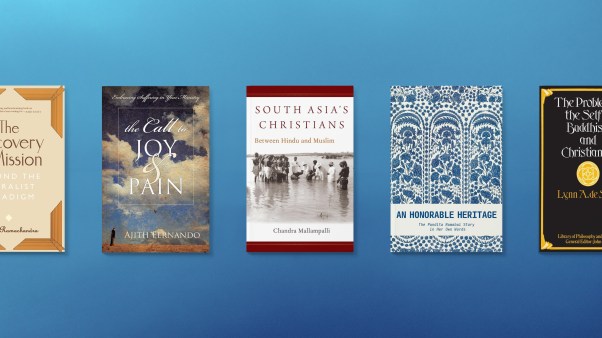For most of the past century, almost all (more than 90%) of Latin Americans were Catholics. But decades of attrition have resulted in a record 1 in 5 Latinos now identifying as Protestants.
Guatemala, Honduras, and Nicaragua lead the way, where Protestants constitute 4 in 10 residents of each nation. But Protestants in those 3 countries diverge on many measures of orthodox belief and practice, according to a detailed survey of 19 Latin American countries and territories by the Pew Research Center.
Guatemala’s Protestants arguably seem the most mature. They are the most likely of all 19 surveyed groups to evangelize weekly (53%), to believe only Christ leads to eternal life (74%), and to exhibit high commitment (75% pray daily, attend services weekly, and consider faith very important). Even their millennials are the most religious (71% are highly committed).
Protestants in Nicaragua and Honduras are more varied. Only 1 in 3 share their faith on a weekly basis. About 6 in 10 are highly committed to church attendance and prayer. On Christianity’s exclusive access to eternal life, only two-thirds of Hondurans and half of Nicaraguans agree. And only 45 percent of Nicaragua’s millennials are highly committed to their faith.
Further, Honduran Protestants are among Latin America’s most syncretistic, with 42 percent exhibiting medium to high engagement with indigenous beliefs and practices (a figure that’s higher than Catholics in most Latin American countries). Nicaraguan Protestants exhibited similarly high levels (35%), but only 24 percent of Guatemalan Protestants are similarly syncretistic.
Demographics don’t explain the differences. On syncretism, for example, only 7 percent of Hondurans are indigenous, while more than 40 percent of Guatemalans are. If indigenous roots led to syncretism, those numbers would be reversed by country.
Education doesn’t solve the puzzle either. Guatemalans rank third among Latin American Protestants for low education levels; only 25 percent have secondary education. But right behind are Hondurans (30%) and Nicaraguans (33%).
Missions also fails to explain it. Approximately 1 in 3 Protestants in Honduras and Nicaragua say their church maintains close ties to US churches. Yet only 22 percent of Guatemalans say the same.
One possible remaining explanation: quick versus slow growth. In 1996, a quarter of Guatemalans identified as Protestant. But Honduras and Nicaragua didn’t see steady Protestant growth until 1997 and 1999, respectively, according to Chilean pollster Latinobarómetro. Honduras crossed the 25 percent mark in 2 years, in 1999; Nicaragua did so in 2003.
Kurt Ver Beek, director of Calvin College’s Honduras Program, questions the idea that Honduran Protestants practice a less mature faith than their Guatemalan counterparts. He believes the differences found by Pew have more to do with the different emphases of the oldest and largest Protestant denominations and their media.
"Those topics may just have been preached on harder [in Guatemala]," said Ver Beek, noting many Honduran churches place a larger emphasis on not smoking, drinking, or dancing.
Guatemala does have more megachurches than the other countries, says Todd Hartch, author of The Rebirth of Latin American Christianity . "When churches get to this size, they can have schools, conferences, radio stations, and TV shows."
But size and familiarity bring liabilities, too. "In a sense, the ‘maturing’ [in Guatemala] has brought with it the loss of the energy of youth," said Denver Seminary’s Daniel Carroll Rodas. He is concerned that recent pastor scandals could derail public witness. "The moral respect…clearly isn’t there like it used to be."
Protestants might not stay so successful at “stealing sheep” from Catholics, says Ver Beek, since Catholic leaders now engage more with young people, recruit more local leadership, and offer more in-depth Bible studies and community outreach.
“The extreme growth in the Protestant churches has pushed the Catholic Church to ultimately become more active,” he said. “Good and exciting things are happening.”










